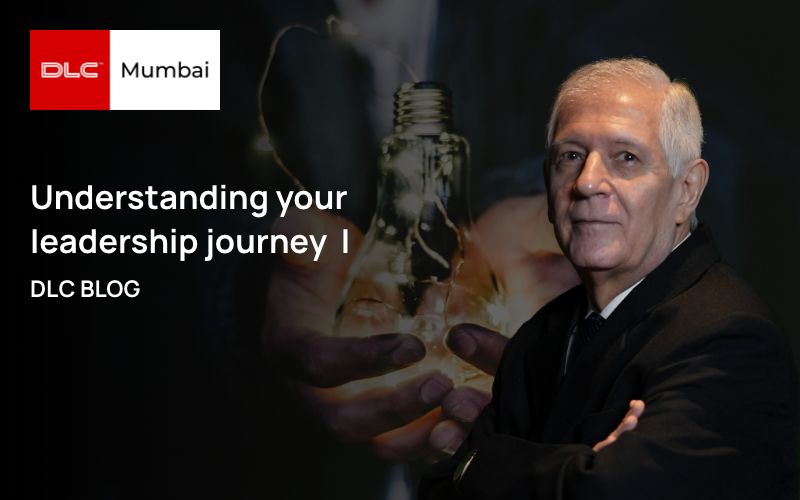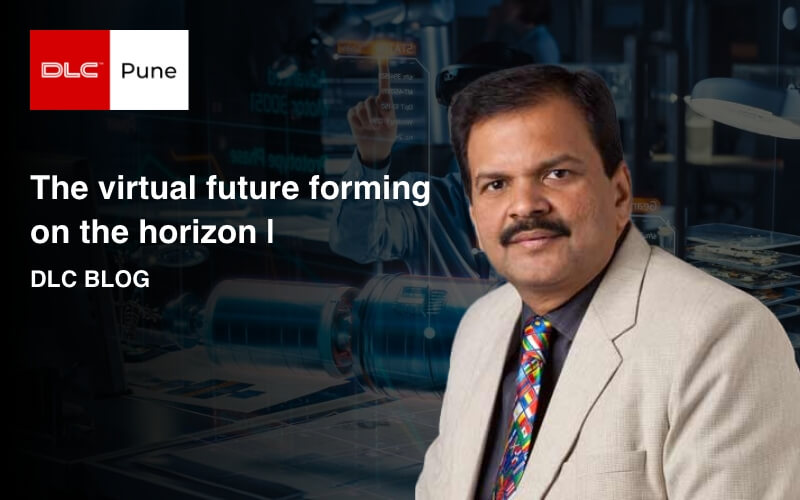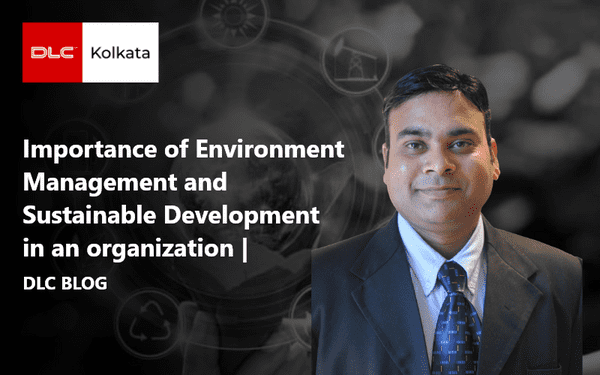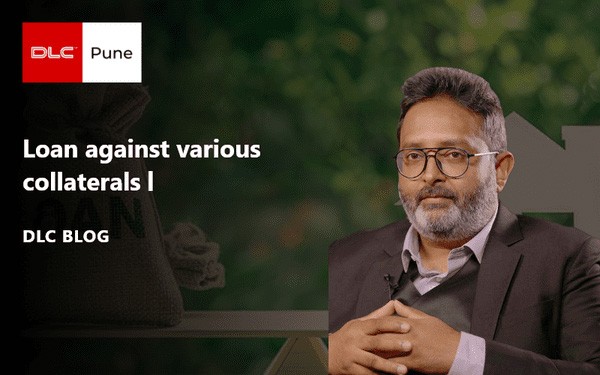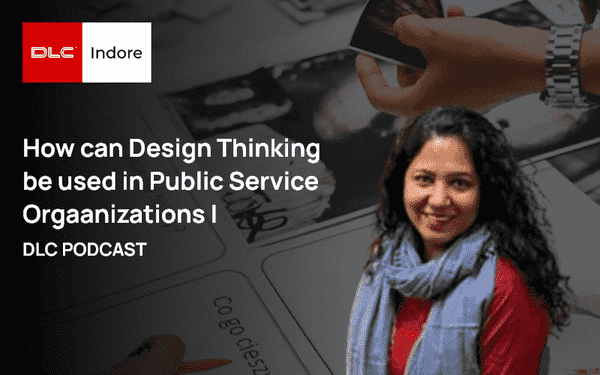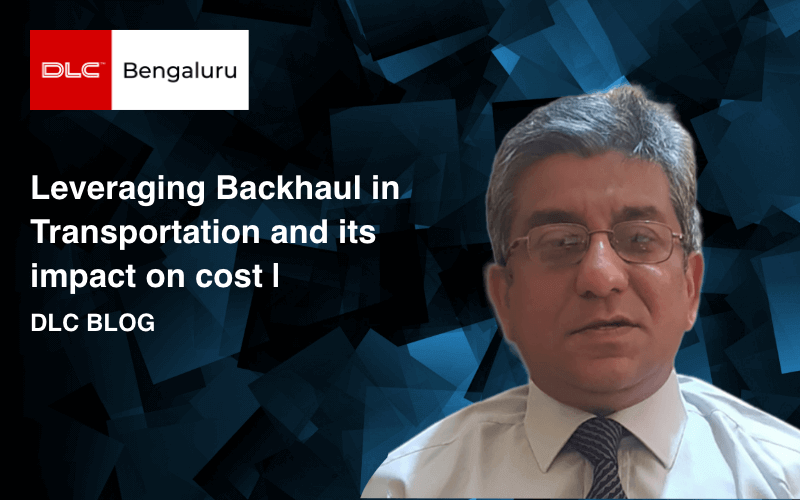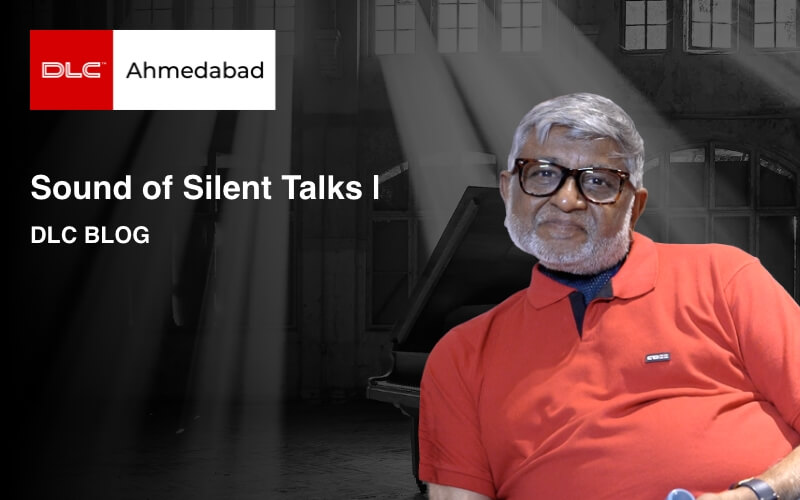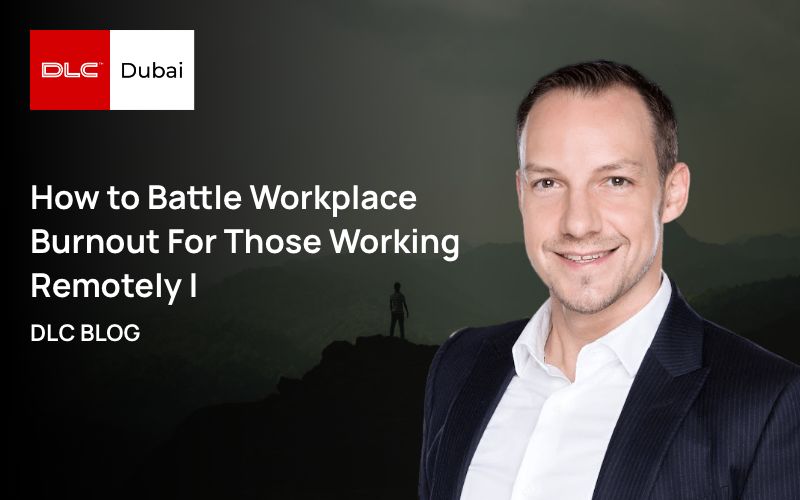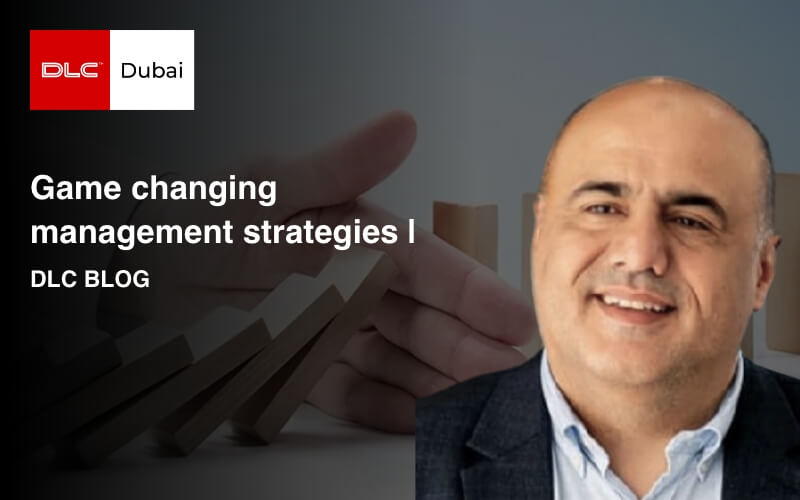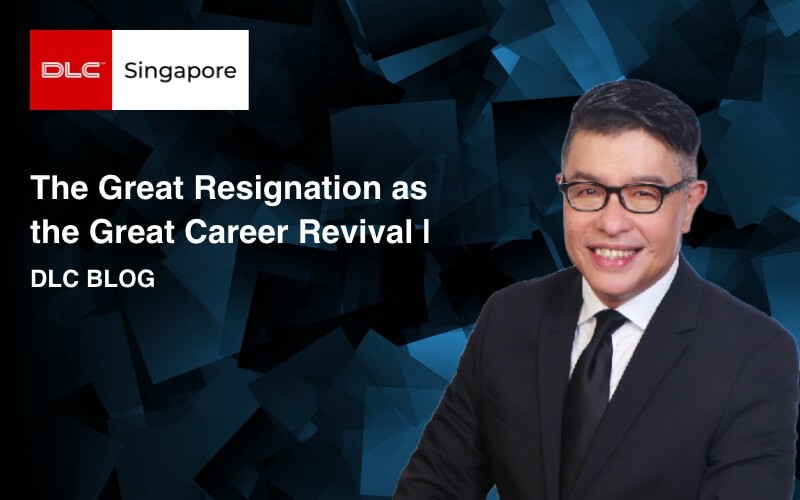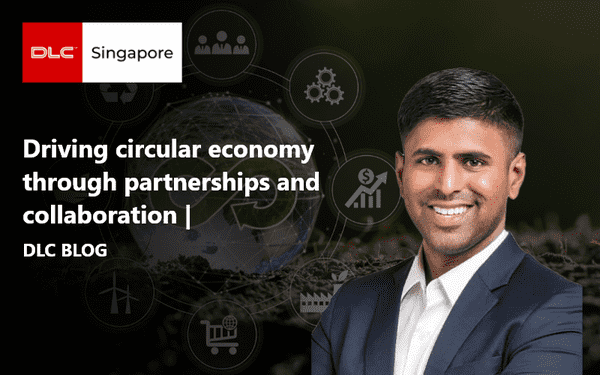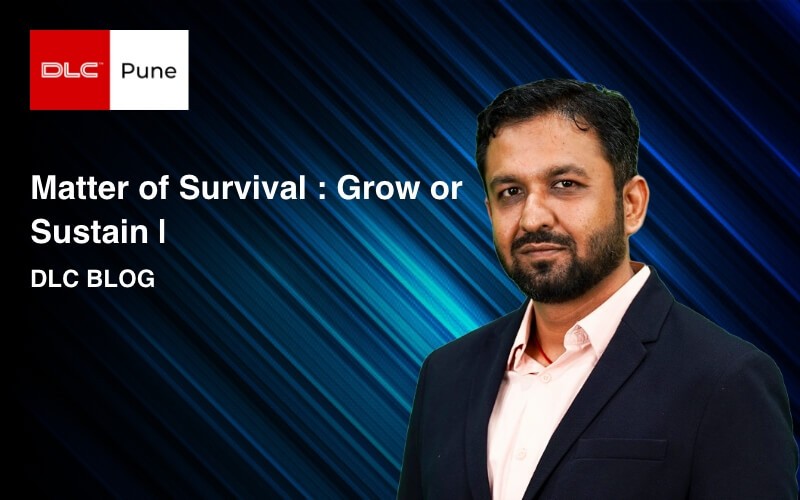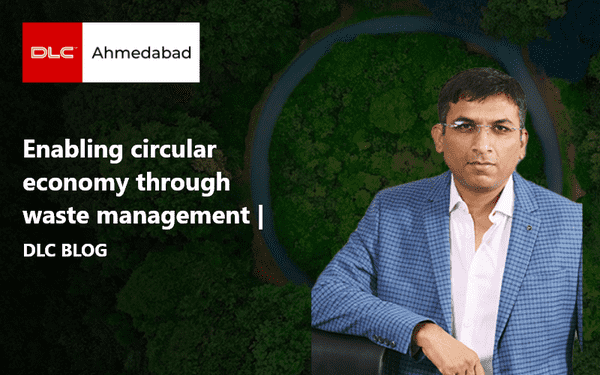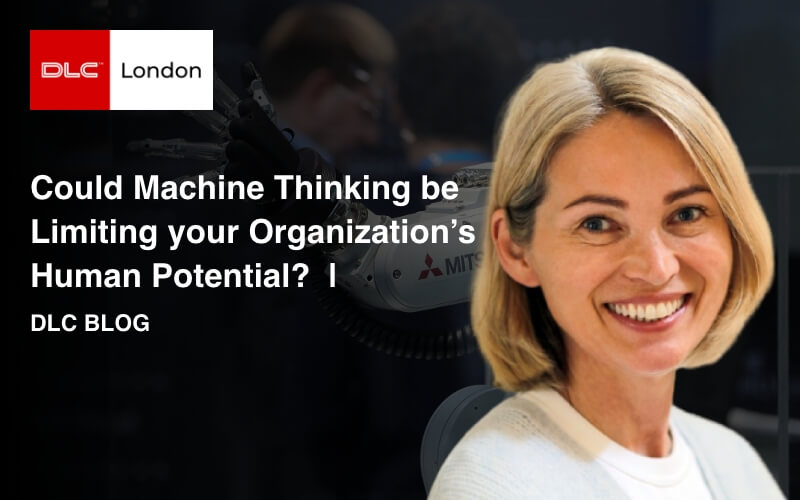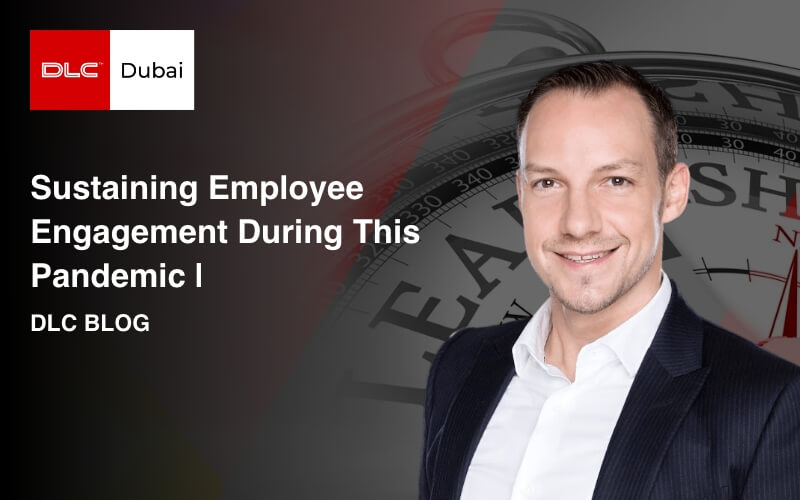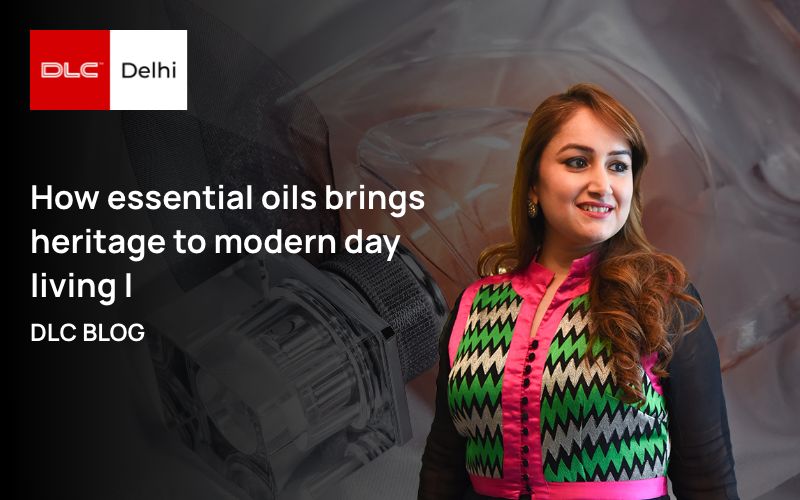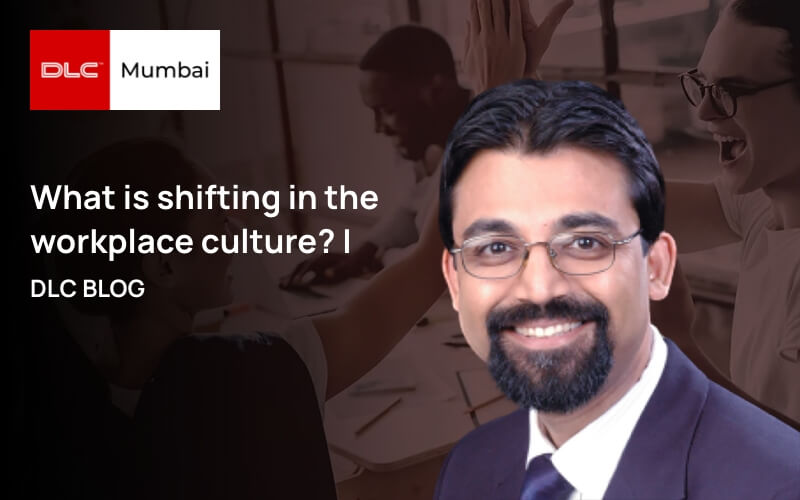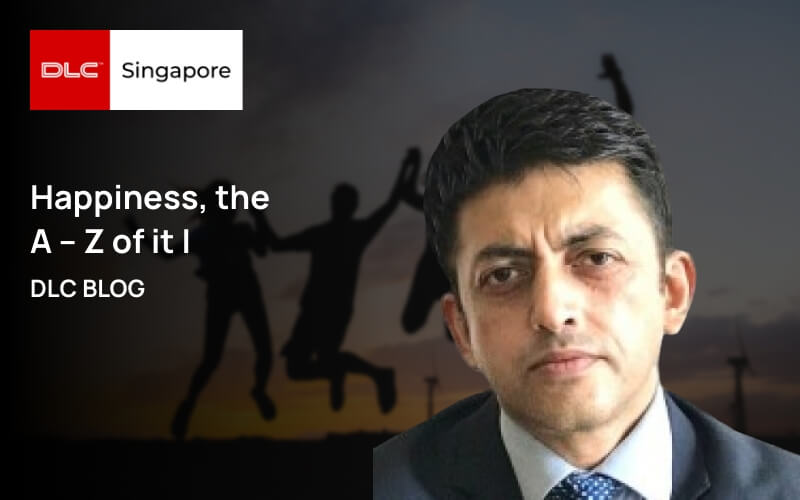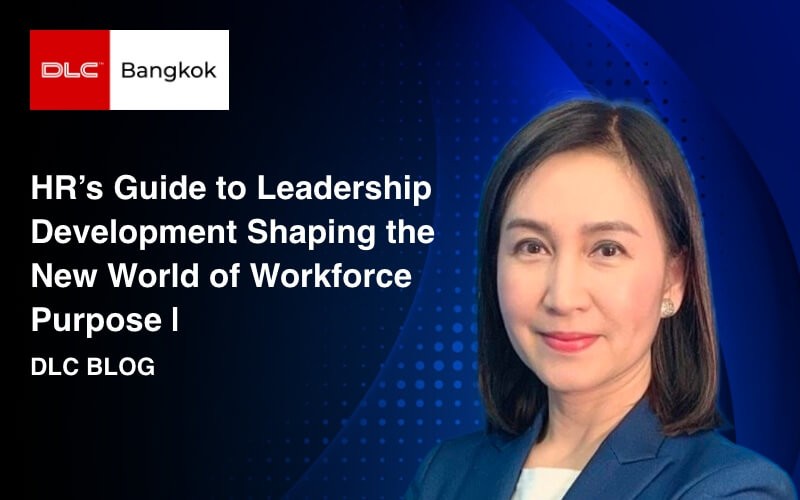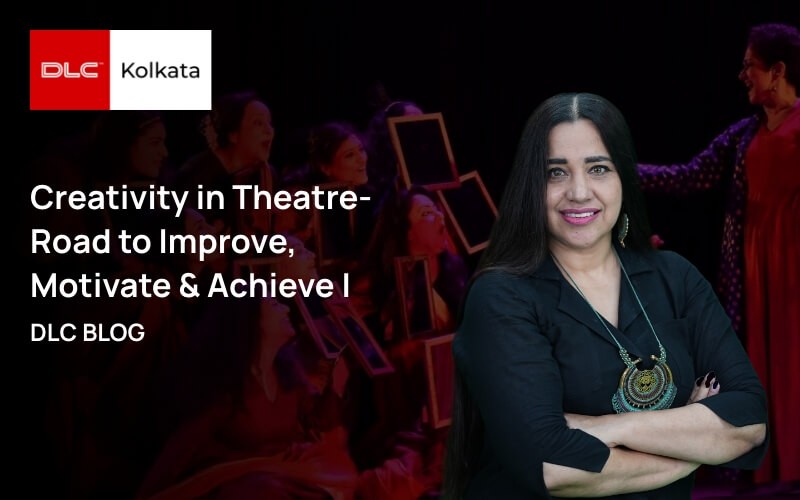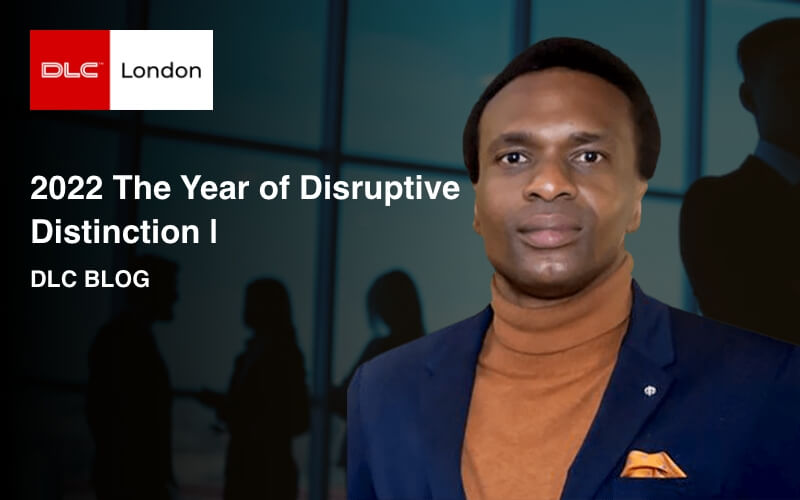
Waste collection and management are among fundamental services which ensure the healthy well-being of society. Today, the rate of waste generation exceeds the nation’s growth in waste management services, posing a threat to people and the environment. One can easily notice dumping of waste being practiced in any city’s outskirts or burning of the same on roadsides, indicating lack of awareness and sensitivity towards right waste practices, posing several challenges. Waste has the potential to become a resource. When not segregated and processed right, it can lose its value. This is the gap that NEPRA has identified and has decided to eliminate through innovative models enabling a circular economy.
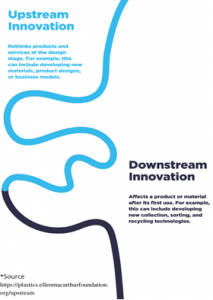 To achieve a circular economy, two types of innovations are crucial.
First, Upstream Innovation, rethinks the problem at its source stage thus, designing models, services, and products at the initial stage.
Second, Downstream Innovation addresses the problem that affects the product or material after its first use.
Waste management in India is largely moved by the informal sector, i.e. people belonging to the Bottom of the Economic Pyramid (BoEP) communities. Waste in the country is majorly hand-sorted, which is not only time-consuming and labor-intensive but also is hazardous to health. With the rising quantum of waste, only relying on this method is proving to be inefficient. NEPRA’s model helps solve these challenges. An inclusive model in its true sense, it caters to the needs of all formal and informal stakeholders of the waste management sector, making it efficient. The cities in which NEPRA works are an example of the impact it makes by bringing government, waste pickers, commercial establishments, industries, and citizens on one platform. Taking the upstream innovation approach, NEPRA has rethought its model and has inculcated an inclusive stakeholder approach benefiting all, and monitoring the system through an Enterprise Resource Platform (ERP). This has enabled the system to become more transparent and accommodate fair transactions. Addressing another source of the problem, NEPRA conducts awareness activities in which people are sensitized about the benefits of proper waste management on society, the environment, and the economy.
Downstream innovation as defined by the Ellen McArthur Foundation, “affects a product or material after its first use. For e.g., this can include developing the new collection, sorting and recycling technologies”. NEPRA’s Material Recovery Facility (MRF) is a vital infrastructural development that promotes sustainable practices and a circular economy. MRFs are the centers where collected waste material is sorted into different types (e.g. plastics, paper, metals, glass, etc.) and is processed in such a way that it maximizes waste recovery and eliminates the scope of dumping of waste. NEPRA’s automated MRFs have been innovatively designed having home-developed and imported machinery. Waste at the MRF is sorted using magnetic belts, conveyors, ballistic separators, air classifiers, and AI-powered pneumatic sorters among many others with manual interventions for quality check. The introduction of robotics at the MRFs has increased its efficiency. Automatic sorting using machine vision systems based on machine learning and artificial intelligence has enabled sorting designated material from the belt of mixed dry waste and guiding it into their respective silos. Sorted waste is then generated into two streams- recyclables and non-recyclables. The waste is auto baled/ shredded/ grinded depending on its nature. The recyclable final product is sent to respective authorized recyclers and the non-recyclables are sent as Refuse Derived Fuel (RDF) to cement plants or waste to energy plants for energy recovery. Thus, having created a value chain for different waste streams, closing the loop to ensure circularity.
The impact of NEPRA’s model is 3-way, socio-economic, and environmental in nature. To mention a few, socially, NEPRA has helped uplift the BoEP community through collecting waste directly from them and engaging them at the MRF as formal employment. Environmentally, NEPRA has helped mitigate tons of GHG emissions through the right waste processing and curbing, dumping, and burning of waste. Lastly, economically, it has promoted circularity, reducing the burden on raw material, making the sector more efficient, and has also helped to generate green jobs. For brief understanding, one can align NEPRA’s impact to the United Nations Sustainable Development Goals (SDGs).
The diagram below lists the goals NEPRA meets, aligned with the 3Ps of People, Planet, and Prosperity.
To achieve a circular economy, two types of innovations are crucial.
First, Upstream Innovation, rethinks the problem at its source stage thus, designing models, services, and products at the initial stage.
Second, Downstream Innovation addresses the problem that affects the product or material after its first use.
Waste management in India is largely moved by the informal sector, i.e. people belonging to the Bottom of the Economic Pyramid (BoEP) communities. Waste in the country is majorly hand-sorted, which is not only time-consuming and labor-intensive but also is hazardous to health. With the rising quantum of waste, only relying on this method is proving to be inefficient. NEPRA’s model helps solve these challenges. An inclusive model in its true sense, it caters to the needs of all formal and informal stakeholders of the waste management sector, making it efficient. The cities in which NEPRA works are an example of the impact it makes by bringing government, waste pickers, commercial establishments, industries, and citizens on one platform. Taking the upstream innovation approach, NEPRA has rethought its model and has inculcated an inclusive stakeholder approach benefiting all, and monitoring the system through an Enterprise Resource Platform (ERP). This has enabled the system to become more transparent and accommodate fair transactions. Addressing another source of the problem, NEPRA conducts awareness activities in which people are sensitized about the benefits of proper waste management on society, the environment, and the economy.
Downstream innovation as defined by the Ellen McArthur Foundation, “affects a product or material after its first use. For e.g., this can include developing the new collection, sorting and recycling technologies”. NEPRA’s Material Recovery Facility (MRF) is a vital infrastructural development that promotes sustainable practices and a circular economy. MRFs are the centers where collected waste material is sorted into different types (e.g. plastics, paper, metals, glass, etc.) and is processed in such a way that it maximizes waste recovery and eliminates the scope of dumping of waste. NEPRA’s automated MRFs have been innovatively designed having home-developed and imported machinery. Waste at the MRF is sorted using magnetic belts, conveyors, ballistic separators, air classifiers, and AI-powered pneumatic sorters among many others with manual interventions for quality check. The introduction of robotics at the MRFs has increased its efficiency. Automatic sorting using machine vision systems based on machine learning and artificial intelligence has enabled sorting designated material from the belt of mixed dry waste and guiding it into their respective silos. Sorted waste is then generated into two streams- recyclables and non-recyclables. The waste is auto baled/ shredded/ grinded depending on its nature. The recyclable final product is sent to respective authorized recyclers and the non-recyclables are sent as Refuse Derived Fuel (RDF) to cement plants or waste to energy plants for energy recovery. Thus, having created a value chain for different waste streams, closing the loop to ensure circularity.
The impact of NEPRA’s model is 3-way, socio-economic, and environmental in nature. To mention a few, socially, NEPRA has helped uplift the BoEP community through collecting waste directly from them and engaging them at the MRF as formal employment. Environmentally, NEPRA has helped mitigate tons of GHG emissions through the right waste processing and curbing, dumping, and burning of waste. Lastly, economically, it has promoted circularity, reducing the burden on raw material, making the sector more efficient, and has also helped to generate green jobs. For brief understanding, one can align NEPRA’s impact to the United Nations Sustainable Development Goals (SDGs).
The diagram below lists the goals NEPRA meets, aligned with the 3Ps of People, Planet, and Prosperity.
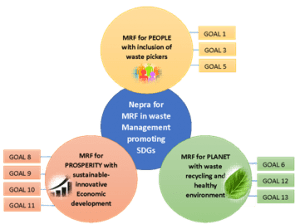
 At present NEPRA has its MRFs in 4 cities- Ahmedabad, Pune, Jamnagar, and Indore with a capacity of processing 560 Metric Tons of Dry Waste per day. By 2025, NEPRA’s goal is to have 25 MRFs in 25 major cities of the country.
To know more about NEPRA, visit: www.letsrecycle.in.
At present NEPRA has its MRFs in 4 cities- Ahmedabad, Pune, Jamnagar, and Indore with a capacity of processing 560 Metric Tons of Dry Waste per day. By 2025, NEPRA’s goal is to have 25 MRFs in 25 major cities of the country.
To know more about NEPRA, visit: www.letsrecycle.in.
 To achieve a circular economy, two types of innovations are crucial.
First, Upstream Innovation, rethinks the problem at its source stage thus, designing models, services, and products at the initial stage.
Second, Downstream Innovation addresses the problem that affects the product or material after its first use.
Waste management in India is largely moved by the informal sector, i.e. people belonging to the Bottom of the Economic Pyramid (BoEP) communities. Waste in the country is majorly hand-sorted, which is not only time-consuming and labor-intensive but also is hazardous to health. With the rising quantum of waste, only relying on this method is proving to be inefficient. NEPRA’s model helps solve these challenges. An inclusive model in its true sense, it caters to the needs of all formal and informal stakeholders of the waste management sector, making it efficient. The cities in which NEPRA works are an example of the impact it makes by bringing government, waste pickers, commercial establishments, industries, and citizens on one platform. Taking the upstream innovation approach, NEPRA has rethought its model and has inculcated an inclusive stakeholder approach benefiting all, and monitoring the system through an Enterprise Resource Platform (ERP). This has enabled the system to become more transparent and accommodate fair transactions. Addressing another source of the problem, NEPRA conducts awareness activities in which people are sensitized about the benefits of proper waste management on society, the environment, and the economy.
Downstream innovation as defined by the Ellen McArthur Foundation, “affects a product or material after its first use. For e.g., this can include developing the new collection, sorting and recycling technologies”. NEPRA’s Material Recovery Facility (MRF) is a vital infrastructural development that promotes sustainable practices and a circular economy. MRFs are the centers where collected waste material is sorted into different types (e.g. plastics, paper, metals, glass, etc.) and is processed in such a way that it maximizes waste recovery and eliminates the scope of dumping of waste. NEPRA’s automated MRFs have been innovatively designed having home-developed and imported machinery. Waste at the MRF is sorted using magnetic belts, conveyors, ballistic separators, air classifiers, and AI-powered pneumatic sorters among many others with manual interventions for quality check. The introduction of robotics at the MRFs has increased its efficiency. Automatic sorting using machine vision systems based on machine learning and artificial intelligence has enabled sorting designated material from the belt of mixed dry waste and guiding it into their respective silos. Sorted waste is then generated into two streams- recyclables and non-recyclables. The waste is auto baled/ shredded/ grinded depending on its nature. The recyclable final product is sent to respective authorized recyclers and the non-recyclables are sent as Refuse Derived Fuel (RDF) to cement plants or waste to energy plants for energy recovery. Thus, having created a value chain for different waste streams, closing the loop to ensure circularity.
The impact of NEPRA’s model is 3-way, socio-economic, and environmental in nature. To mention a few, socially, NEPRA has helped uplift the BoEP community through collecting waste directly from them and engaging them at the MRF as formal employment. Environmentally, NEPRA has helped mitigate tons of GHG emissions through the right waste processing and curbing, dumping, and burning of waste. Lastly, economically, it has promoted circularity, reducing the burden on raw material, making the sector more efficient, and has also helped to generate green jobs. For brief understanding, one can align NEPRA’s impact to the United Nations Sustainable Development Goals (SDGs).
The diagram below lists the goals NEPRA meets, aligned with the 3Ps of People, Planet, and Prosperity.
To achieve a circular economy, two types of innovations are crucial.
First, Upstream Innovation, rethinks the problem at its source stage thus, designing models, services, and products at the initial stage.
Second, Downstream Innovation addresses the problem that affects the product or material after its first use.
Waste management in India is largely moved by the informal sector, i.e. people belonging to the Bottom of the Economic Pyramid (BoEP) communities. Waste in the country is majorly hand-sorted, which is not only time-consuming and labor-intensive but also is hazardous to health. With the rising quantum of waste, only relying on this method is proving to be inefficient. NEPRA’s model helps solve these challenges. An inclusive model in its true sense, it caters to the needs of all formal and informal stakeholders of the waste management sector, making it efficient. The cities in which NEPRA works are an example of the impact it makes by bringing government, waste pickers, commercial establishments, industries, and citizens on one platform. Taking the upstream innovation approach, NEPRA has rethought its model and has inculcated an inclusive stakeholder approach benefiting all, and monitoring the system through an Enterprise Resource Platform (ERP). This has enabled the system to become more transparent and accommodate fair transactions. Addressing another source of the problem, NEPRA conducts awareness activities in which people are sensitized about the benefits of proper waste management on society, the environment, and the economy.
Downstream innovation as defined by the Ellen McArthur Foundation, “affects a product or material after its first use. For e.g., this can include developing the new collection, sorting and recycling technologies”. NEPRA’s Material Recovery Facility (MRF) is a vital infrastructural development that promotes sustainable practices and a circular economy. MRFs are the centers where collected waste material is sorted into different types (e.g. plastics, paper, metals, glass, etc.) and is processed in such a way that it maximizes waste recovery and eliminates the scope of dumping of waste. NEPRA’s automated MRFs have been innovatively designed having home-developed and imported machinery. Waste at the MRF is sorted using magnetic belts, conveyors, ballistic separators, air classifiers, and AI-powered pneumatic sorters among many others with manual interventions for quality check. The introduction of robotics at the MRFs has increased its efficiency. Automatic sorting using machine vision systems based on machine learning and artificial intelligence has enabled sorting designated material from the belt of mixed dry waste and guiding it into their respective silos. Sorted waste is then generated into two streams- recyclables and non-recyclables. The waste is auto baled/ shredded/ grinded depending on its nature. The recyclable final product is sent to respective authorized recyclers and the non-recyclables are sent as Refuse Derived Fuel (RDF) to cement plants or waste to energy plants for energy recovery. Thus, having created a value chain for different waste streams, closing the loop to ensure circularity.
The impact of NEPRA’s model is 3-way, socio-economic, and environmental in nature. To mention a few, socially, NEPRA has helped uplift the BoEP community through collecting waste directly from them and engaging them at the MRF as formal employment. Environmentally, NEPRA has helped mitigate tons of GHG emissions through the right waste processing and curbing, dumping, and burning of waste. Lastly, economically, it has promoted circularity, reducing the burden on raw material, making the sector more efficient, and has also helped to generate green jobs. For brief understanding, one can align NEPRA’s impact to the United Nations Sustainable Development Goals (SDGs).
The diagram below lists the goals NEPRA meets, aligned with the 3Ps of People, Planet, and Prosperity.

 At present NEPRA has its MRFs in 4 cities- Ahmedabad, Pune, Jamnagar, and Indore with a capacity of processing 560 Metric Tons of Dry Waste per day. By 2025, NEPRA’s goal is to have 25 MRFs in 25 major cities of the country.
To know more about NEPRA, visit: www.letsrecycle.in.
At present NEPRA has its MRFs in 4 cities- Ahmedabad, Pune, Jamnagar, and Indore with a capacity of processing 560 Metric Tons of Dry Waste per day. By 2025, NEPRA’s goal is to have 25 MRFs in 25 major cities of the country.
To know more about NEPRA, visit: www.letsrecycle.in. Sandeep patel
Founder
Let's Recycle - NEPRA Resource Management Pvt. Ltd.
ESG Committee
Ahmedabad Chapter
Sandeep is an Entrepreneur with over a decade experience in Waste Management & Recycling sector, and leads India largest Dry Waste Management Company. He has been awarded CII’s 3R Excellence in managing Plastic Waste 2020, the Forbes Social Entrepreneur of the Year award 2019, Garbage Guru – Safaigiri Awards 2019 among many others.
Want to connect ?









